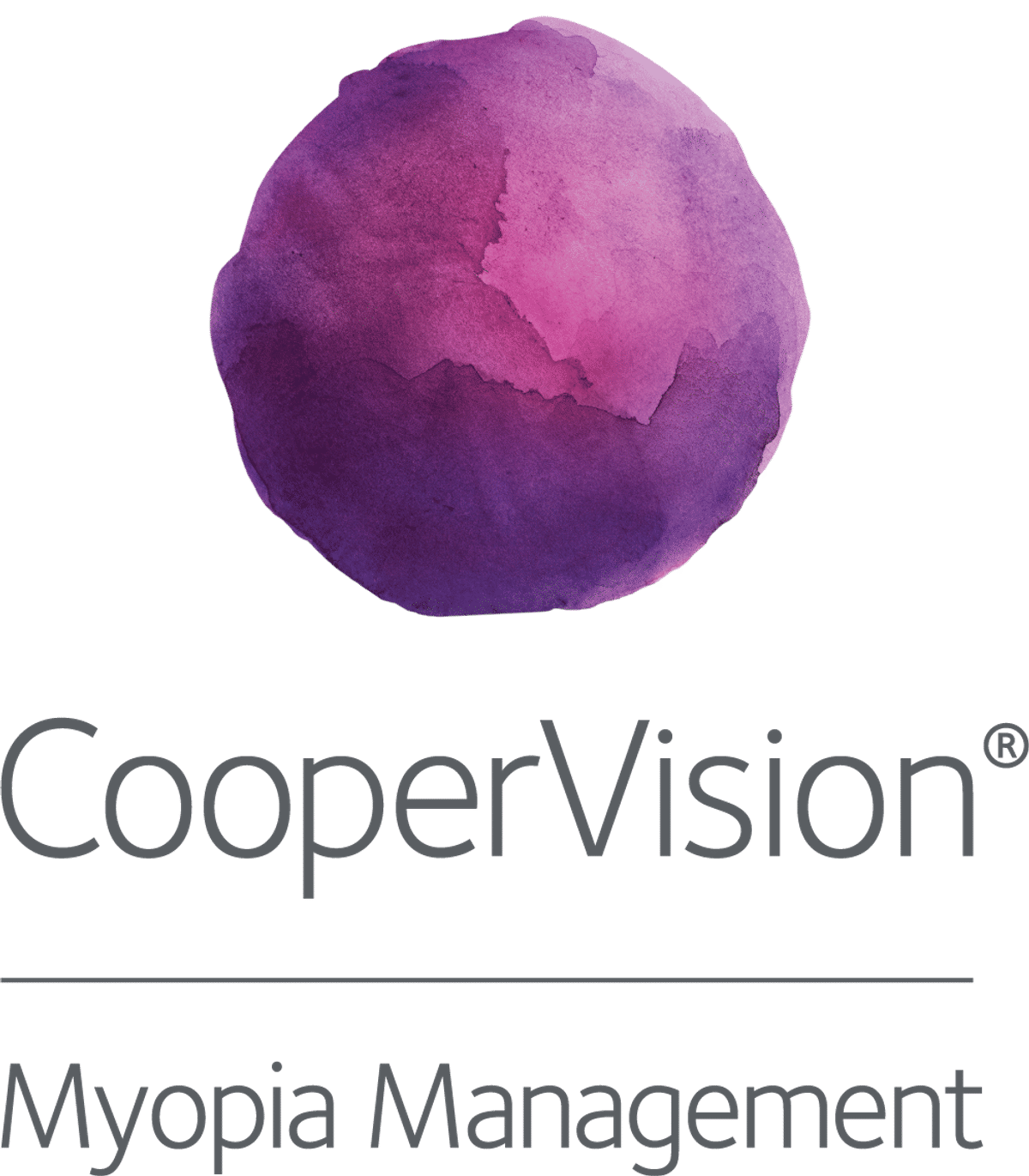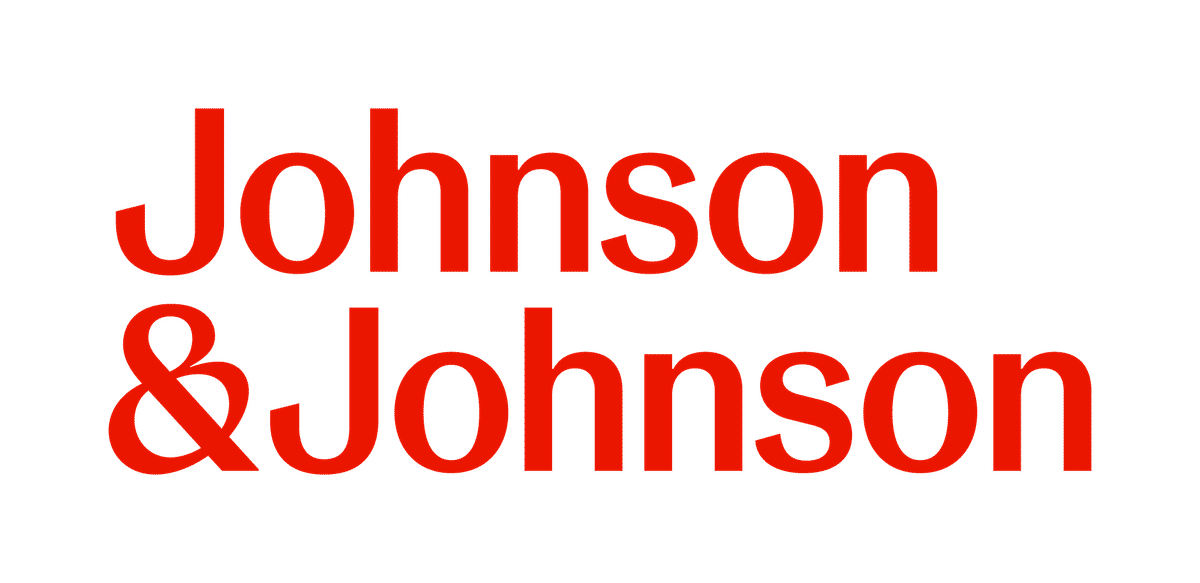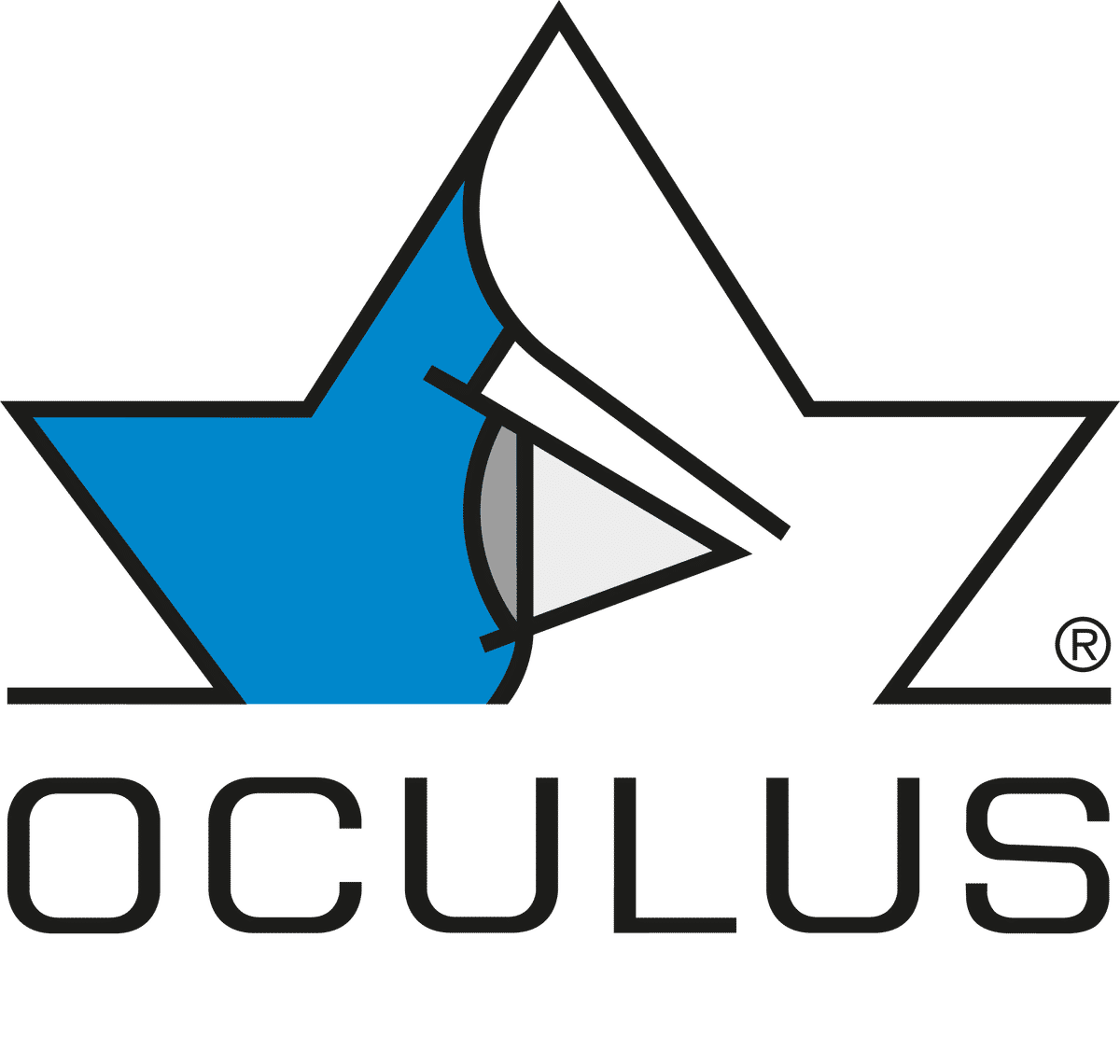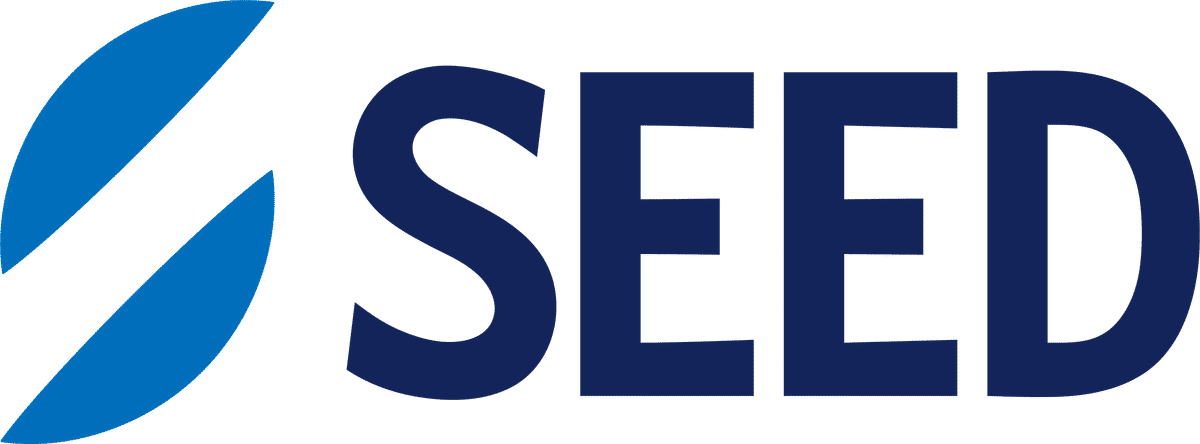Science
Can we predict myopia onset in children?

In this article:
This study developed a predictive model to estimate myopia onset in children using age, sex, ethnicity, and refractive error, showing that younger Asian American females had the highest risk, while older White males had the lowest, providing a valuable tool for early intervention and clinical decision-making in myopia management.
Paper title: Predicting the Onset of Myopia in Children by Age, Sex, and Ethnicity: Results from the CLEERE Study
Authors: Mutti DO (1), Sinnott LT (1), Cotter SA (2), Jones-Jordan LA (1), Kleinstein RN (3), Manny RE (4), Twelker JD (5), Zadnik K (1)
- The Ohio State University College of Optometry, Columbus, Ohio
- Southern California College of Optometry at Marshall B. Ketchum University, Fullerton, California
- School of Optometry, The University of Alabama at Birmingham, Birmingham, Alabama
- University of Houston College of Optometry, Houston, Texas
- Department of Ophthalmology and Vision Science, University of Arizona, Tucson, Arizona; for the CLEERE Study
Date: Submitted November 1, 2023
Reference: Mutti DO, Sinnott LT, Cotter SA, Jones-Jordan LA, Kleinstein RN, Manny RE, Twelker JD, Zadnik K. Predicting the onset of myopia in children by age, sex, and ethnicity: results from the CLEERE study. OVS. 2023 Nov 1.
Summary
Previous research has identified several risk factors for myopia onset, including lower baseline hyperopia, axial length, and demographic variables. However, existing predictive models are often population-specific, limiting their generalizability. This study developed a predictive model for estimating the probability of myopia onset in school-aged children, using data from the Collaborative Longitudinal Evaluation of Ethnicity and Refractive Error (CLEERE) Study, conducted in the United States.
The study followed nonmyopic children (n=4,027) aged 6 to 13 years for up to seven years, assessing cycloplegic autorefraction, keratometry, axial length measurements, and parental reports on near work and outdoor activities. The onset of myopia was defined as at least -0.75 D in each principal meridian. Key findings were as follows:
- The mean spherical equivalent refraction for participants who developed myopia was lower than their peers, and axial length measurements demonstrated that increased elongation was associated with greater myopia risk.
- The model identified key predictive factors for myopia onset: lower hyperopia at baseline, more negative astigmatic J0 values, younger age, female sex, and Asian American ethnicity.
- The probability of developing myopia decreased with age. At age 6, 18.9% of children became myopic by age 14, while only 5.0% of those starting at age 13 did.
- Younger Asian American females had the highest probability of developing myopia, while older White males had the lowest.
- The predictive model can be used to estimate both yearly and cumulative probabilities of myopia onset up to age 14, providing a valuable tool for clinical decision-making and early intervention strategies.
These findings offer a framework for identifying children at risk of myopia onset, allowing for early intervention strategies such as increased outdoor time and potential pharmacological treatments like low-dose atropine.
What this means for my practice
The findings of this study provide clinicians with a data-driven approach to assessing myopia risk in children based on objective, easily measurable factors. The CLEERE predictive model emphasizes that baseline refractive error, particularly a lower degree of hyperopia, is the strongest predictor of future myopia onset. Eye care practitioners can use these insights to identify high-risk children early, particularly younger Asian American females, who had the highest likelihood of developing myopia.
- The model supports evidence-based decision-making regarding myopia management strategies, such as increased outdoor exposure and early intervention with optical or pharmaceutical treatments.
- The study reinforces the importance of regular cycloplegic refraction assessments in pediatric patients to monitor refractive changes over time.
- Clinicians should be mindful of the model’s limitations, including the exclusion of axial length as a predictor, which is commonly used in other risk models.
- The predictive probabilities provided by the study may guide discussions with parents, helping to set realistic expectations regarding myopia risk and preventive measures.
This model provides an accessible, clinically relevant tool for determining when and how to intervene in pediatric patients at risk of myopia, ultimately supporting proactive myopia management in optometric and ophthalmologic practice.
What We Still Need to Learn
While this study provides a robust model for predicting myopia onset, several key gaps remain in understanding how to apply these findings across diverse clinical settings. One limitation is the study’s reliance on data collected from 1989 to 2010, which may not fully capture recent shifts in myopia prevalence due to changing environmental factors such as increased screen time and reduced outdoor exposure. Additionally, while the model accurately identifies high-risk groups, it does not account for axial length, a widely used predictor in other models, which may impact its applicability in certain clinical scenarios.
The study’s population was diverse, but differences in myopia onset among specific ethnic subgroups suggest that further research is needed to refine predictive accuracy for different genetic and lifestyle backgrounds. Future studies should explore how environmental interventions, such as increased outdoor activity and early pharmacologic treatments, influence model performance over time. Moreover, the long-term effects of early myopia prevention strategies remain unclear, emphasizing the need for continued longitudinal studies
Meet the Authors:
About Jeanne Saw
Jeanne is a clinical optometrist based in Sydney, Australia. She has worked as a research assistant with leading vision scientists, and has a keen interest in myopia control and professional education.
As Manager, Professional Affairs and Partnerships, Jeanne works closely with Dr Kate Gifford in developing content and strategy across Myopia Profile's platforms, and in working with industry partners. Jeanne also writes for the CLINICAL domain of MyopiaProfile.com, and the My Kids Vision website, our public awareness platform.
Enormous thanks to our visionary sponsors
Myopia Profile’s growth into a world leading platform has been made possible through the support of our visionary sponsors, who share our mission to improve children’s vision care worldwide. Click on their logos to learn about how these companies are innovating and developing resources with us to support you in managing your patients with myopia.












